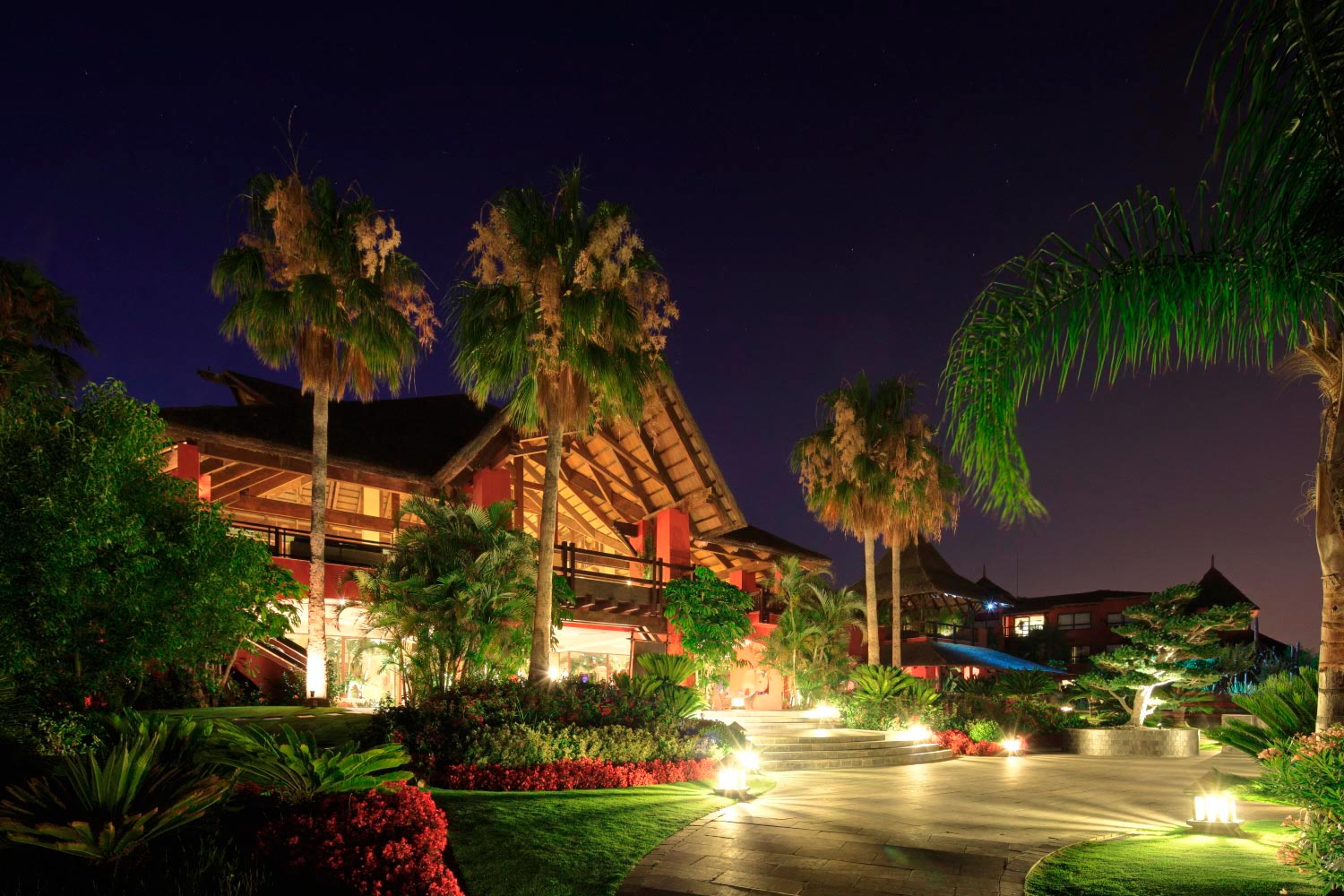The Korean Royal Ancestral Ritual Jongmyo Jerye
Today we are travelling from the 5 star resorts in Spain Asia Gardens Hotel & Thai Spa to South Korea, in particular to Seoul, to find out about its famous royal ancestral ritual Jongmyo Jerye.
Jongmyo Jerye is the ancestral royal rite performance in the Jongmyo temple. Originally, it was a ceremony, which was celebrated by the kings and queens of the Joseon Dynasty in the sanctuary where their ancestor were kept.
The Jongmyo shrine was built when the first king of Joseon Lee Seong-Gy established the Joseon Dynasty. It is the oldest royal Confucian sanctuary preserved. It guards the boards, which safeguard the lessons of the previous royal family. It has the main hall or Jeongjeo and the hall of Eternal Peace or Yeongnyeongjeon, with 33 tablets in 16 spirit chambers. The shrine was added to the UNESCO World Heritage list in 1995.
The Confucian ritual Jongmyo Jerye organized by the descendants of the royal family was established in the 15th century. It takes place once a year, on the first Sunday of May. Initially, the ceremony was held because of national disasters or when good things happened, until the liberation of the Japanese Imperial Period, when it started to be held on the first Sunday of May. The ceremony combines singing, dancing and music. Besides, the rite itself includes a prayer for the eternal peace of the spirits of the ancestors kept in the shrine. UNESCO designated it as Intangible Cultural Heritage in 2001
During the ceremony, the priests wear their ritual clothes, a crown for the king and diadems the other ones. They make offerings of food and libations of wine with ritual glasses. The music of the Jongmyo Jerye, the Jongmyo Jeryeak, is played with traditional Korean instruments such as gongs, lutes, zithers and flutes. The dance is performed by 64 dancers, which are split in eight lines. It shows a fight between the Ying and Yang strengths. The Munmu dance always begins with a step to the left and symbolizes the Yang strength. It is accompanied by Botaepyong music. Meanwhile, the Mumu dance is accompanied by Jeongdaeeop music, and represents the Yin strength. Unlike the Munmu dance, it starts with a step to the right.
If you are an Asian culture lover, come and visit us at the luxury hotel Asia Gardens Hotel & Thai Spa. Discover the exoticism of Asia in the Mediterranean.



